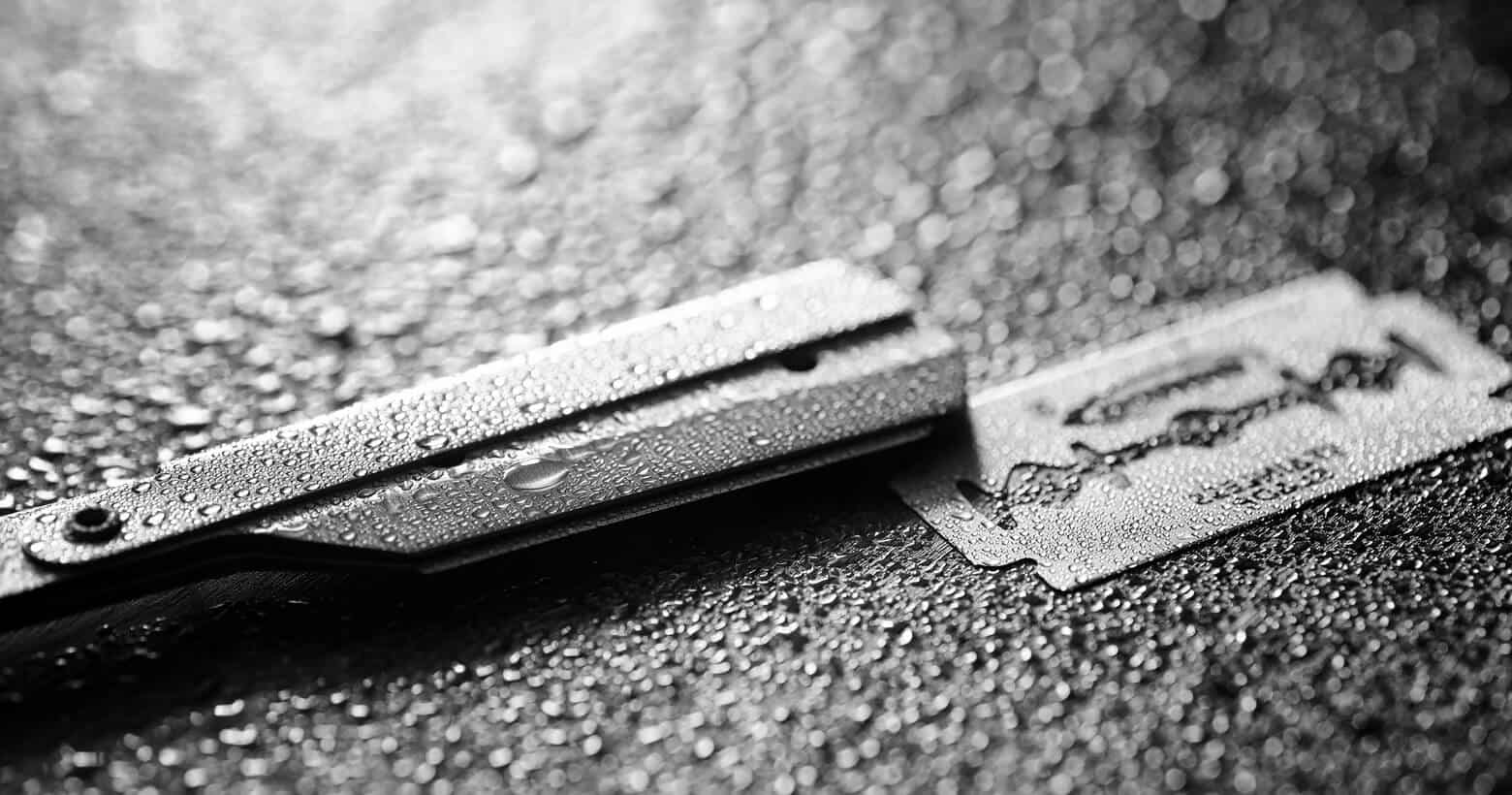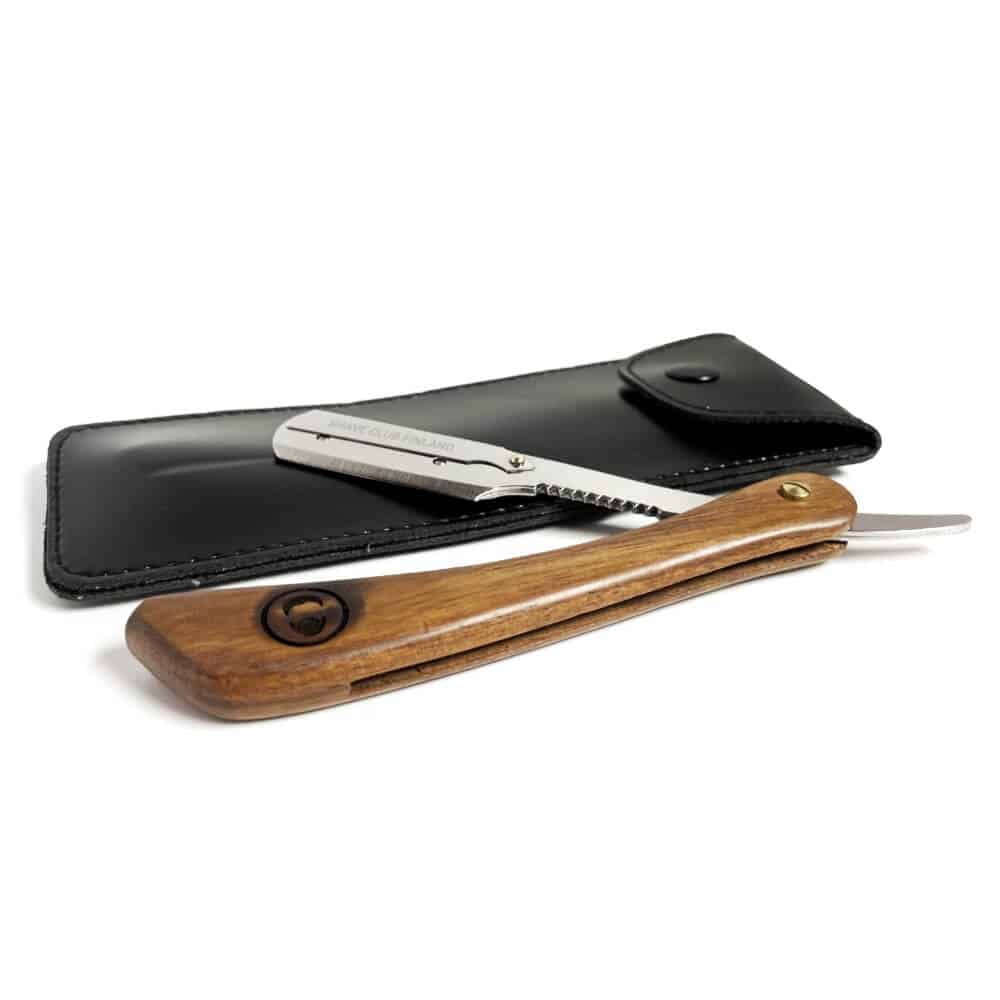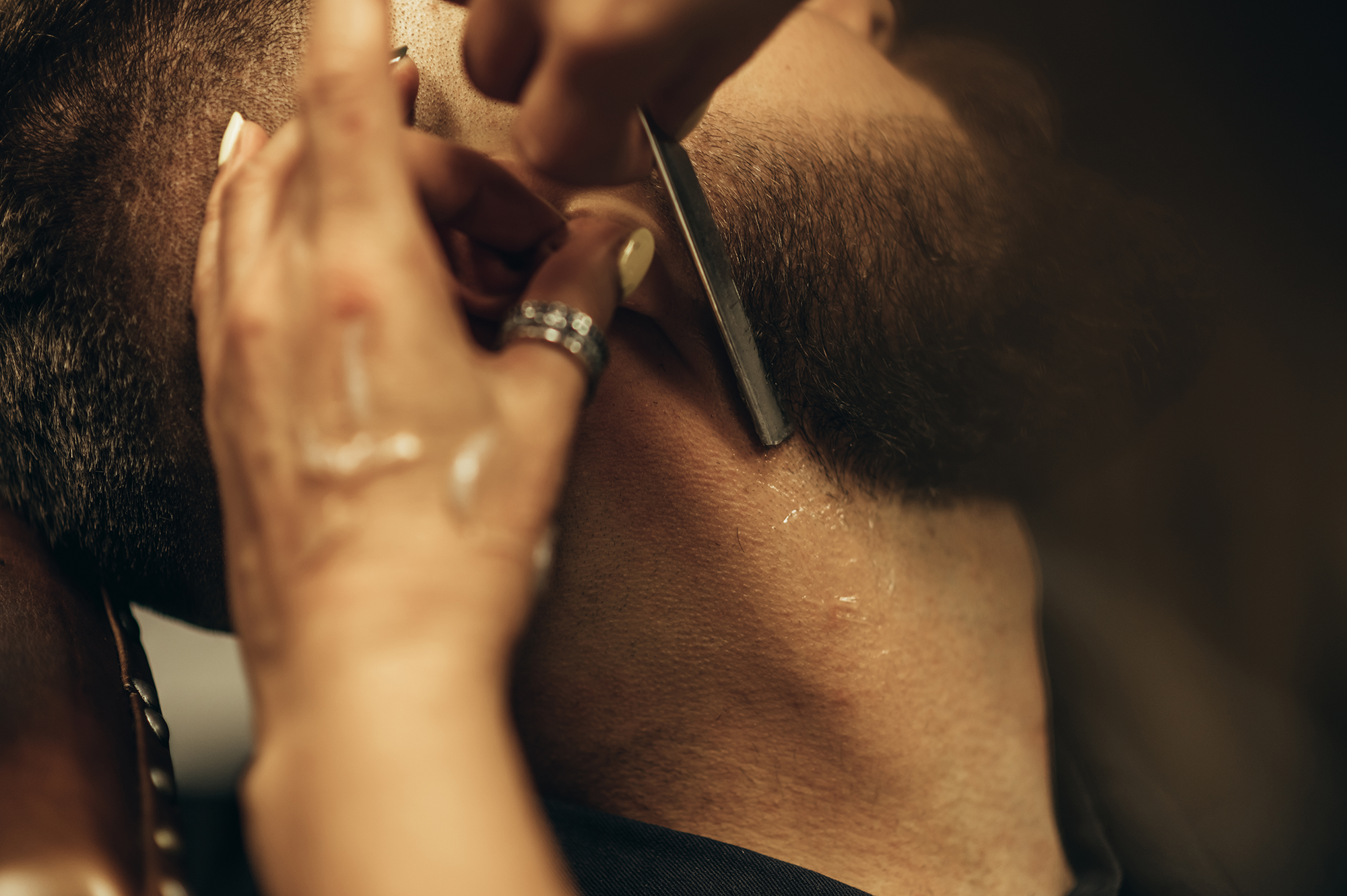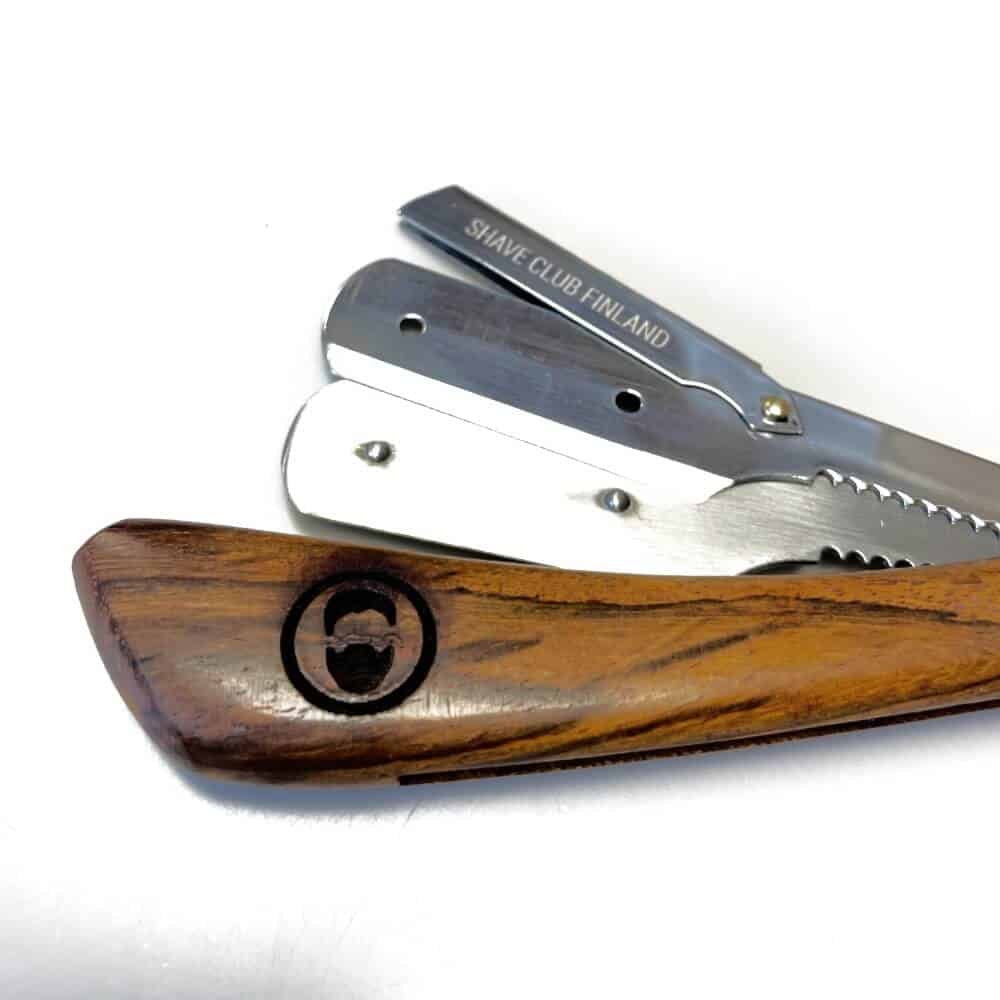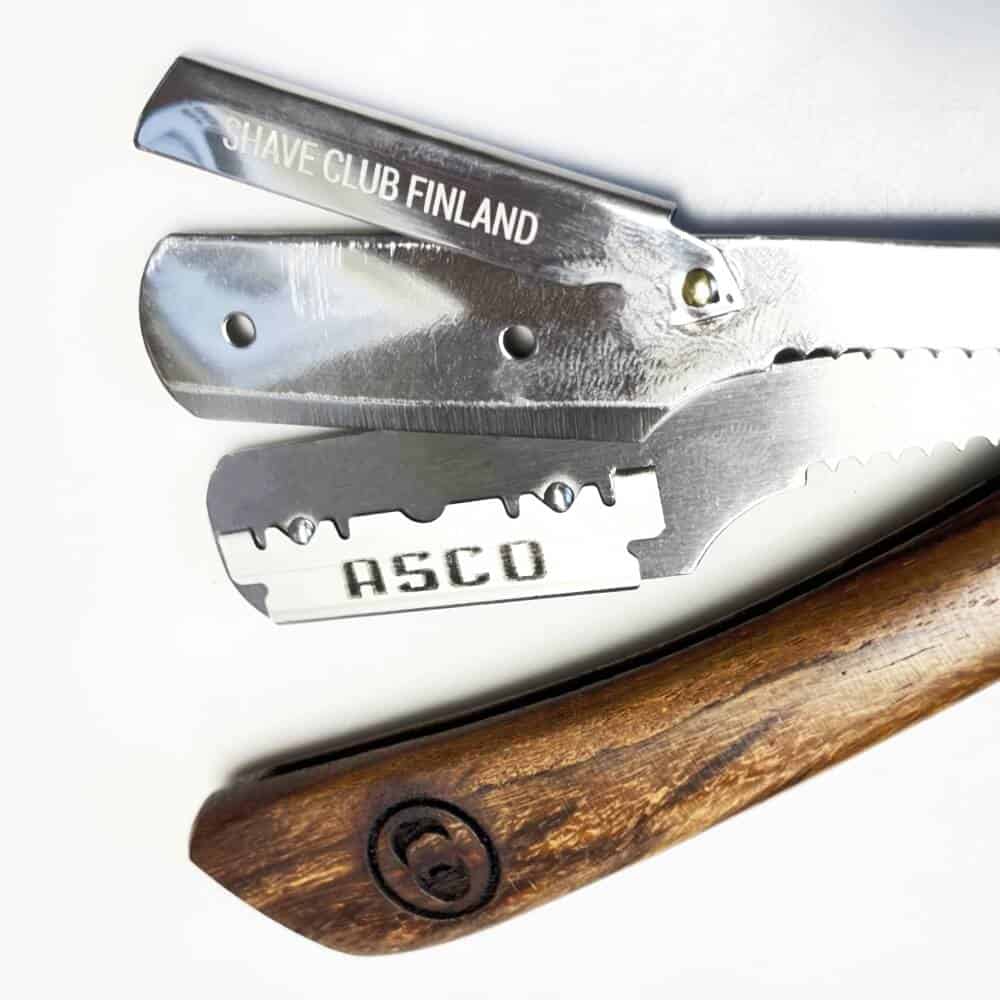Shavette, i.e. razor with replaceable blades
What is shavette? The simple answer is a razor with a changing blade. No sharpening required, use standard DE razor blades .
What is shavette? The simple answer is a razor with a changing blade. No sharpening required, use standard DE razor blades .
